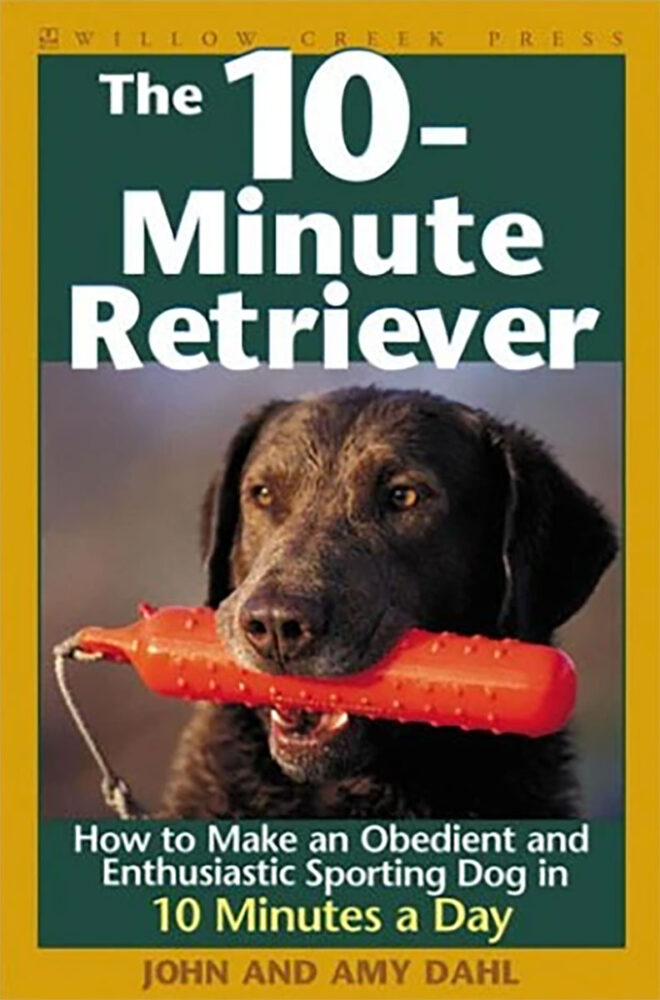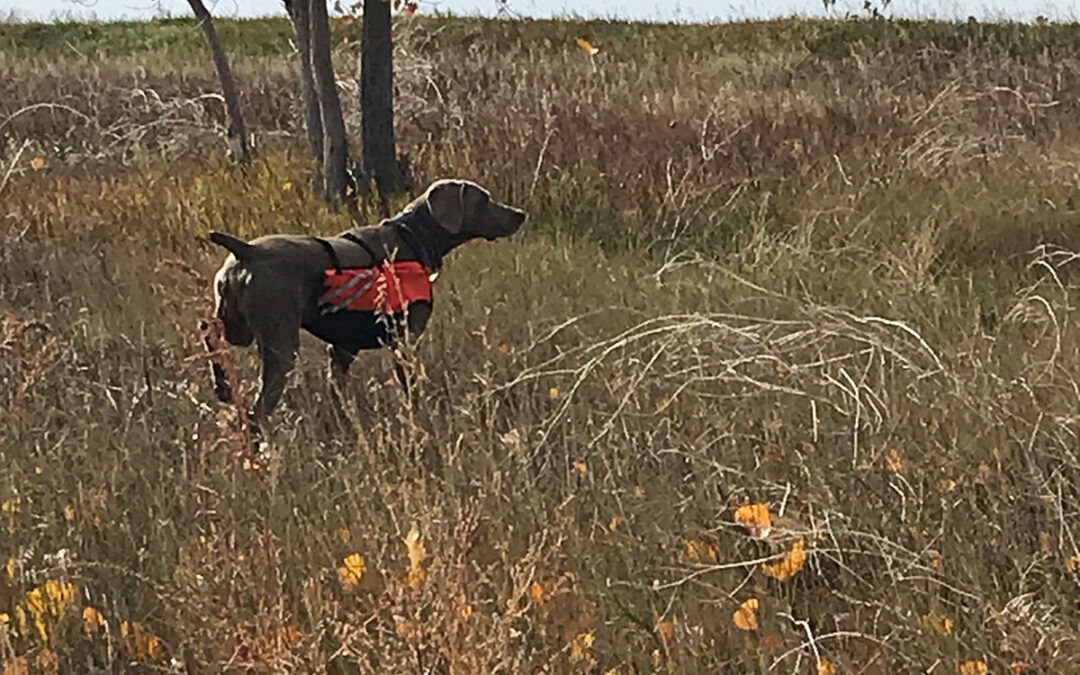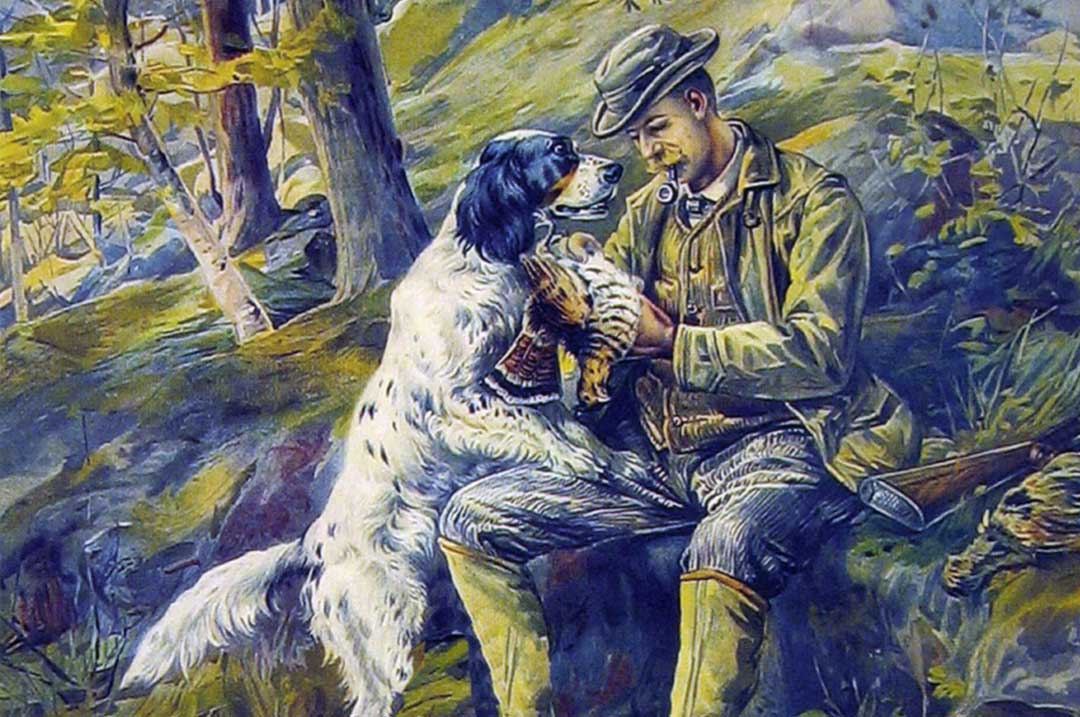If you have been reading this column, you know I live to hunt birds.
I love the smell of birds and the challenge of squeezing my way through dense brush to find a hidden bird. It’s a game, and the birds often loose. When I do get near birds in the brush and forests, some are runners, some are fliers, and then others just hunker down in the thick grass and hide. If they stay put, I go on point.
Ok, pointing is not a mandated style. Some dogs raise a front foot, but I often raise a back foot and direct my head right to where the bird is hiding. I stay statute solid until Mike moves in from the side and stomps around until the bird panics and flies. Sometimes Mike just tells me to hunt em up and then I push the bird from the grass. Yes, a few times the birds have been slow to exit their grassy hiding spot and I jump and catch them in air. I’d try out for a major baseball team but I am busy, and I don’t like being around crowds.
The other day I went on point while in the field hunting pheasants. I like pheasants because they are fun to hunt, they smell great, and they are delicious when wrapped in bacon and grilled. Ok, everything on a grill is good, and when you add bacon, I’m on standby at the grill and drooling. The pheasant I was pointing stayed hidden until Mike arrived and kicked some grass. The bird panicked, rocketed into the air, and the swarm of shot from Mike’s over/under Browning made contact. That bird went down faster than the approval rating for a member of Congress. Team Cameron was on the scoreboard—again.
So when you see a classic field portrait of a bird hunting dog on point, look carefully and closely at the dog. It is the one doing the work. Any hooman present is just standing around with a shotgun. Hope when the point turns to a flush by the dog that the shotgun is true and the bird plummets down. Then it’s time to retrieve.
Pointing and retrieving—and eating grilled birds–is what hunting is all about. — Cameron the Weim
 Outlines 10-minute daily training sessions tailored specifically to a retriever’s attention span, counseling beginner-level owners on such topics as force fetching, field tests and the humane use of electric collars, in a volume complemented by true stories and breed-specific adaptations. Buy Now
Outlines 10-minute daily training sessions tailored specifically to a retriever’s attention span, counseling beginner-level owners on such topics as force fetching, field tests and the humane use of electric collars, in a volume complemented by true stories and breed-specific adaptations. Buy Now




